Michael Hilker
Symbolic Computing with Incremental Mindmaps to Manage and Mine Data Streams - Some Applications
Feb 18, 2009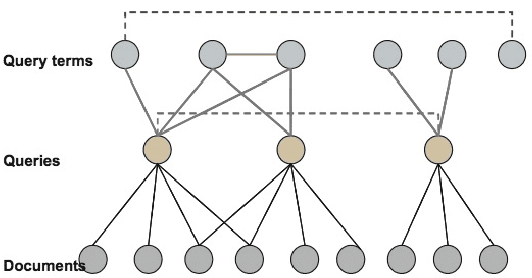
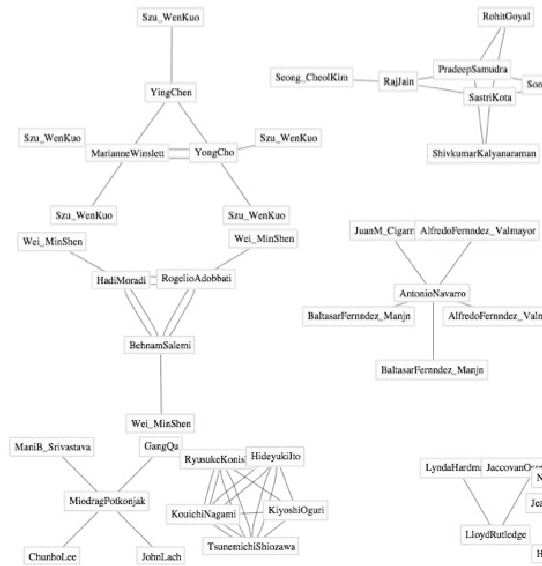

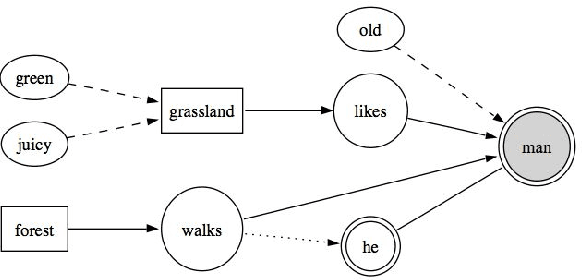
Abstract:In our understanding, a mind-map is an adaptive engine that basically works incrementally on the fundament of existing transactional streams. Generally, mind-maps consist of symbolic cells that are connected with each other and that become either stronger or weaker depending on the transactional stream. Based on the underlying biologic principle, these symbolic cells and their connections as well may adaptively survive or die, forming different cell agglomerates of arbitrary size. In this work, we intend to prove mind-maps' eligibility following diverse application scenarios, for example being an underlying management system to represent normal and abnormal traffic behaviour in computer networks, supporting the detection of the user behaviour within search engines, or being a hidden communication layer for natural language interaction.
* 4 pages; 4 figures
Next Challenges in Bringing Artificial Immune Systems to Production in Network Security
May 13, 2008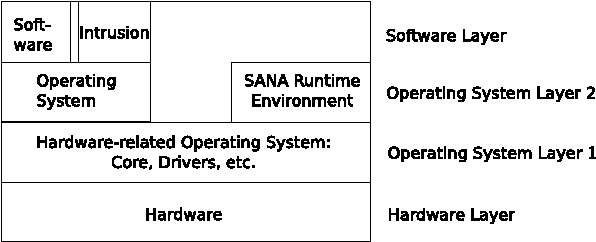
Abstract:The human immune system protects the human body against various pathogens like e.g. biological viruses and bacteria. Artificial immune systems reuse the architecture, organization, and workflows of the human immune system for various problems in computer science. In the network security, the artificial immune system is used to secure a network and its nodes against intrusions like viruses, worms, and trojans. However, these approaches are far away from production where they are academic proof-of-concept implementations or use only a small part to protect against a certain intrusion. This article discusses the required steps to bring artificial immune systems into production in the network security domain. It furthermore figures out the challenges and provides the description and results of the prototype of an artificial immune system, which is SANA called.
Distributed Self Management for Distributed Security Systems
May 13, 2008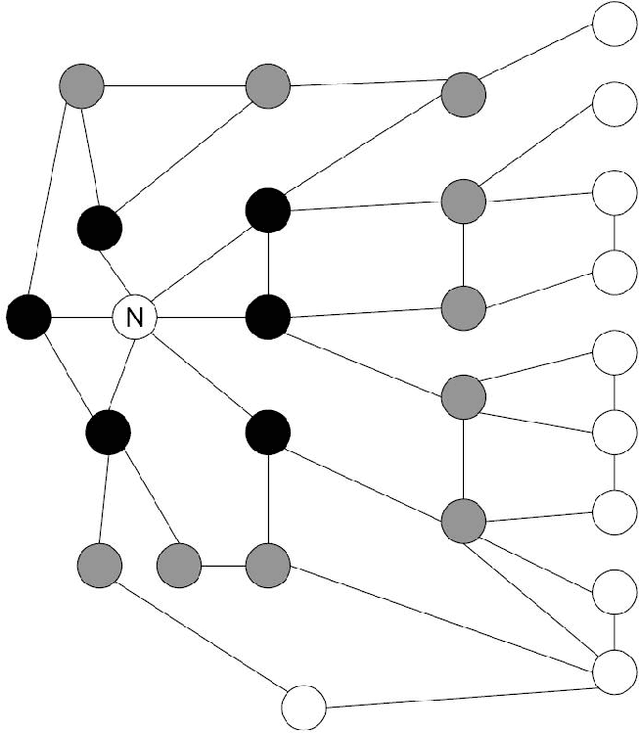
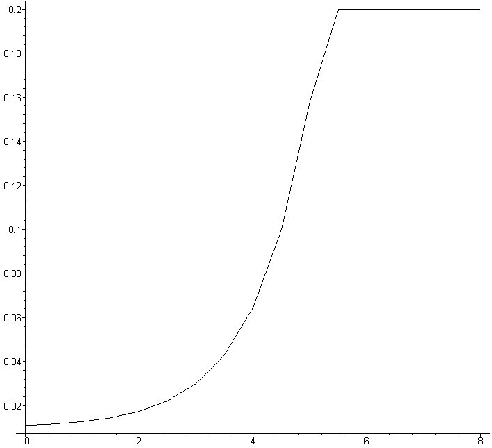
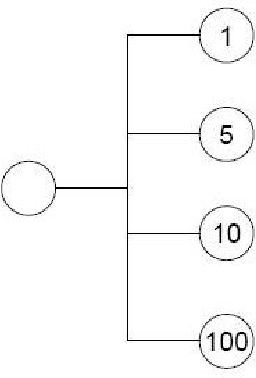
Abstract:Distributed system as e.g. artificial immune systems, complex adaptive systems, or multi-agent systems are widely used in Computer Science, e.g. for network security, optimisations, or simulations. In these systems, small entities move through the network and perform certain tasks. At some time, the entities move to another place and require therefore information where to move is most profitable. Common used systems do not provide any information or use a centralised approach where a center delegates the entities. This article discusses whether small information about the neighbours enhances the performance of the overall system or not. Therefore, two information-protocols are introduced and analysed. In addition, the protocols are implemented and tested using the artificial immune system SANA that protects a network against intrusions.
* 12 pages, 3 figures
AGNOSCO - Identification of Infected Nodes with artificial Ant Colonies
May 07, 2008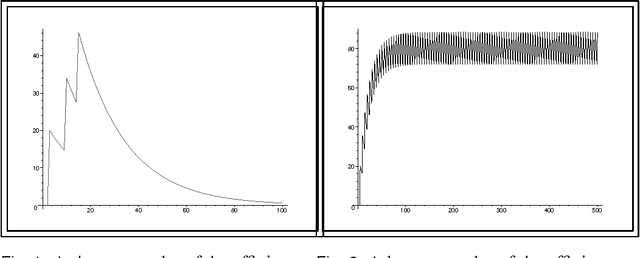
Abstract:If a computer node is infected by a virus, worm or a backdoor, then this is a security risk for the complete network structure where the node is associated. Existing Network Intrusion Detection Systems (NIDS) provide a certain amount of support for the identification of such infected nodes but suffer from the need of plenty of communication and computational power. In this article, we present a novel approach called AGNOSCO to support the identification of infected nodes through the usage of artificial ant colonies. It is shown that AGNOSCO overcomes the communication and computational power problem while identifying infected nodes properly.
* 5 pages, 2 figures
 Add to Chrome
Add to Chrome Add to Firefox
Add to Firefox Add to Edge
Add to Edge